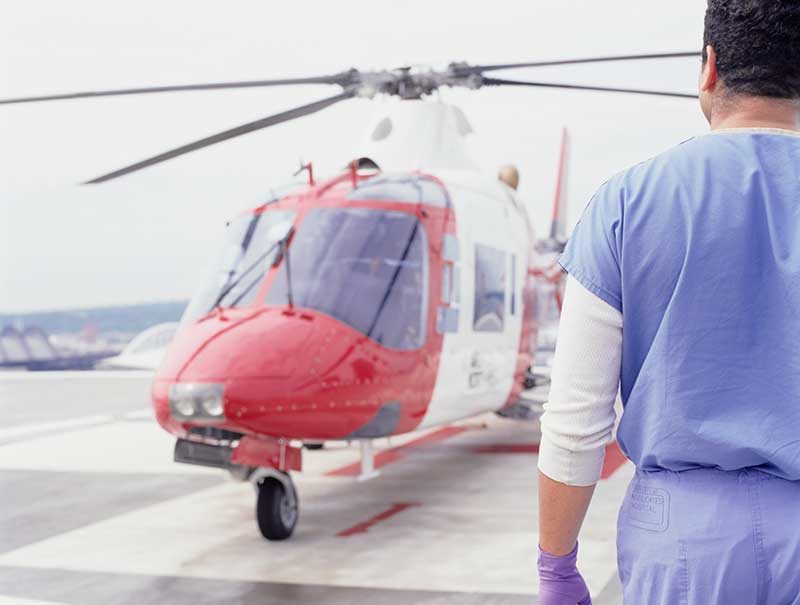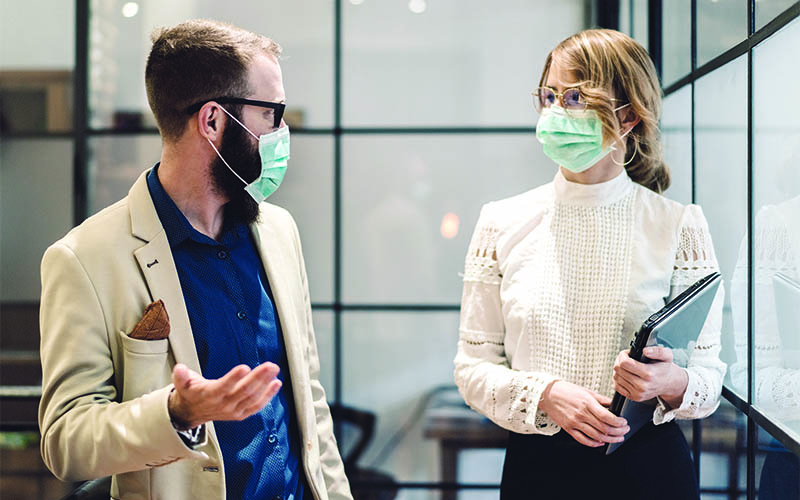Emergency medical evacuations
What you need to know in a medical emergency
Medical evacuation, often referred to as medevac or medivac, is only required when a medical condition cannot be adequately treated in the current location. It involves moving a patient to another location with a higher standard of care. Medical evacuation may not involve moving the patient to their home country; it may be more appropriate to bring the patient to a location with quality medical care within the same region.
Medical evacuation can be as simple as a ground ambulance ride or as complicated as an air ambulance moving a patient from one country to another. Air ambulances are basically flying intensive care units with specially trained medical staff.
For over 30 years, UnitedHealthcare Global teams have specialized in the coordination of medical evacuations and prepare every day for emergency situations so that if the unexpected happens, we are ready to assist.
Here is an example of what might happen if a medical emergency requires hospitalization and/or medical evacuation:
- UnitedHealthcare Global is notified that an individual has a medical emergency, collects the required information, opens a case, and notifies designated contacts from the Case Handling Instructions (CHI).
- Together, clinical and logistic experts carefully evaluate the patient’s medical history and current situation, as well as the treating facility’s quality of care and capabilities.
- If the local facility offers international standards of care that meet the member’s needs, they will monitor care, arrange payment for care provided, and assist the member until they are back to their worksite or home
- If the team determines that the local medical facility cannot deliver appropriate treatment, they will coordinate a medical evacuation to a facility capable of providing the necessary care
- Clinical experts leverage our international network of providers to select an appropriate provider and make readmission arrangements with the chosen facility. They work side-by-side with assistance teams to determine transport modes and medical requirements for travel while certified medical/non-medical logistics teams manage the end-to-end planning process and monitor medical and non-medical needs. Employers are provided updates at each critical milestone.
- From recovery to discharge, UnitedHealthcare Global teams monitor care, arrange payment for care provided, and assist until the patient returns to their worksite or home.
International travel comes with a certain amount of risk for organizations and individuals. Should the unexpected happen, medical evacuations, no matter the instance, are an added layer of risk and should only be done when the local health care is deemed inappropriate or incapable of properly treating a patient’s condition.



